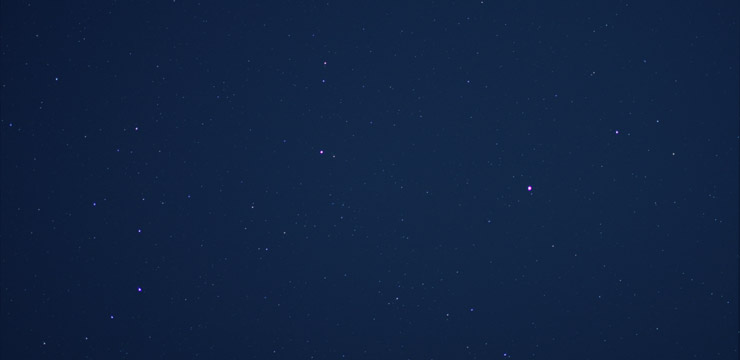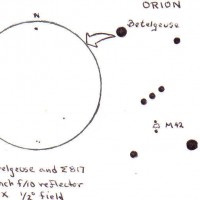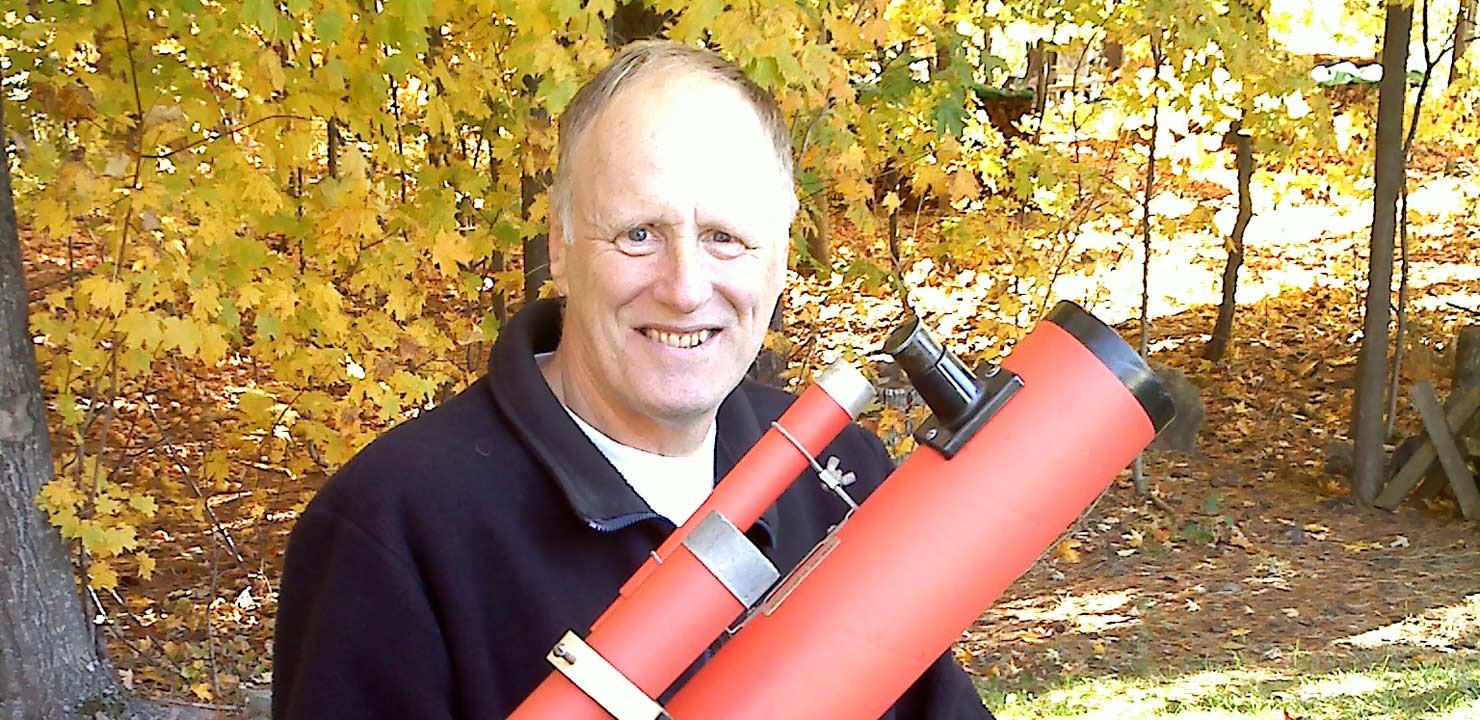
Glenn Chaple
I’ve been an avid amateur astronomer since the summer of 1963 when a high school friend showed me Saturn through his telescope. I received a BS degree in astronomy from the UMass Amherst in 1969, and then worked for two years at the Alice G. Wallace Planetarium in Fitchburg, Massachusetts, while receiving a Master’s Degree in Science Education from Fitchburg State College. From 1974 until my retirement in 2006, I was a middle school science teacher – first in the Fitchburg school system, then at Groton-Dunstable.
I co-authored, with Terence Dickinson and Vic Costanzo, the Edmund Mag 6 Star Atlas, and wrote the books Exploring With a Telescope (Franklin Watts – 1988) and The Outer Planets (Greenwood Press - 2009). I contributed chapters on double stars to David Eicher’s Deep-sky Observing With Small Telescopes (Enslow Publishers – 1989) and James Muirden’s Sky Watchers Handbook (W.H. Freeman – 1993). Between 1977 and 1987, I wrote a column on double stars for Deep Sky Magazine. From 1982 until 1994, I handled the “What’s Up?” column for the children’s astronomy magazine Odyssey. Since 2002, I’ve authored the monthly “Observing Basics” column for Astronomy.
I’ve been a member of the Amateur Telescope Makers of Boston since 1980, serving as President from 2015-2018., The same year, I joined the American Association of Variable Star Observers (AAVSO), and have forwarded more than 79,000 variable star estimates to that organization. In 2006, I joined the Astronomical League.
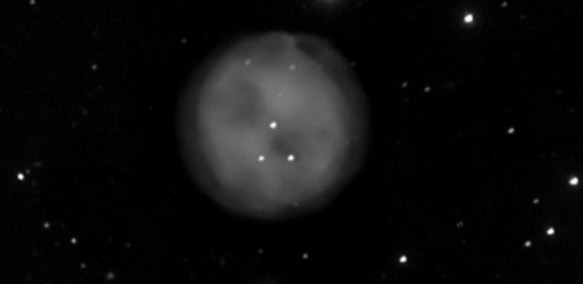
M97: The Owl Nebula
Ghost of Jupiter: NGC 3242
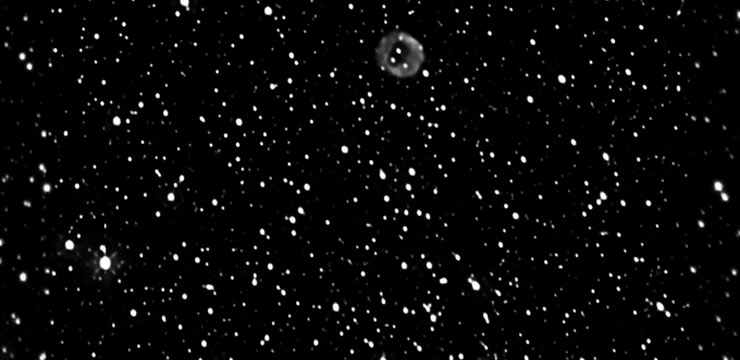
M46 & NGC 2438
Kemble's Cascade & NGC 1502

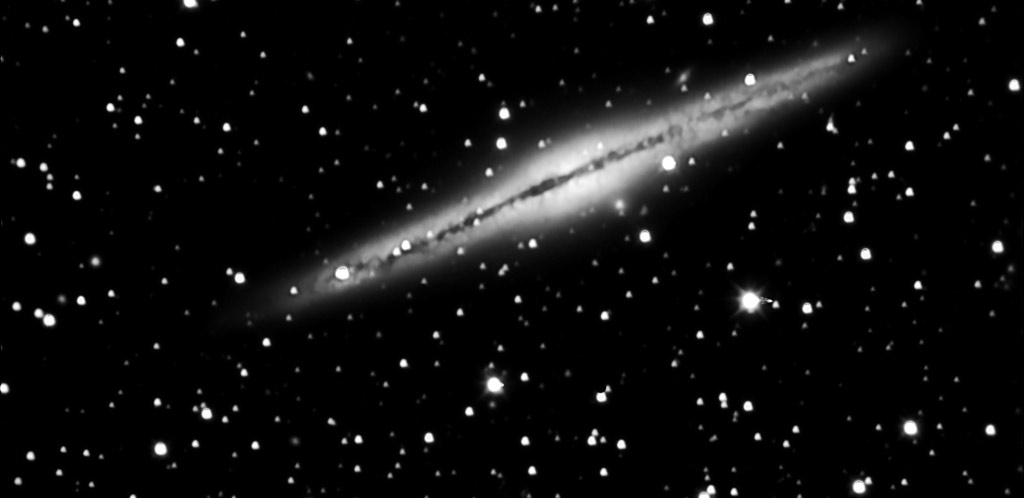
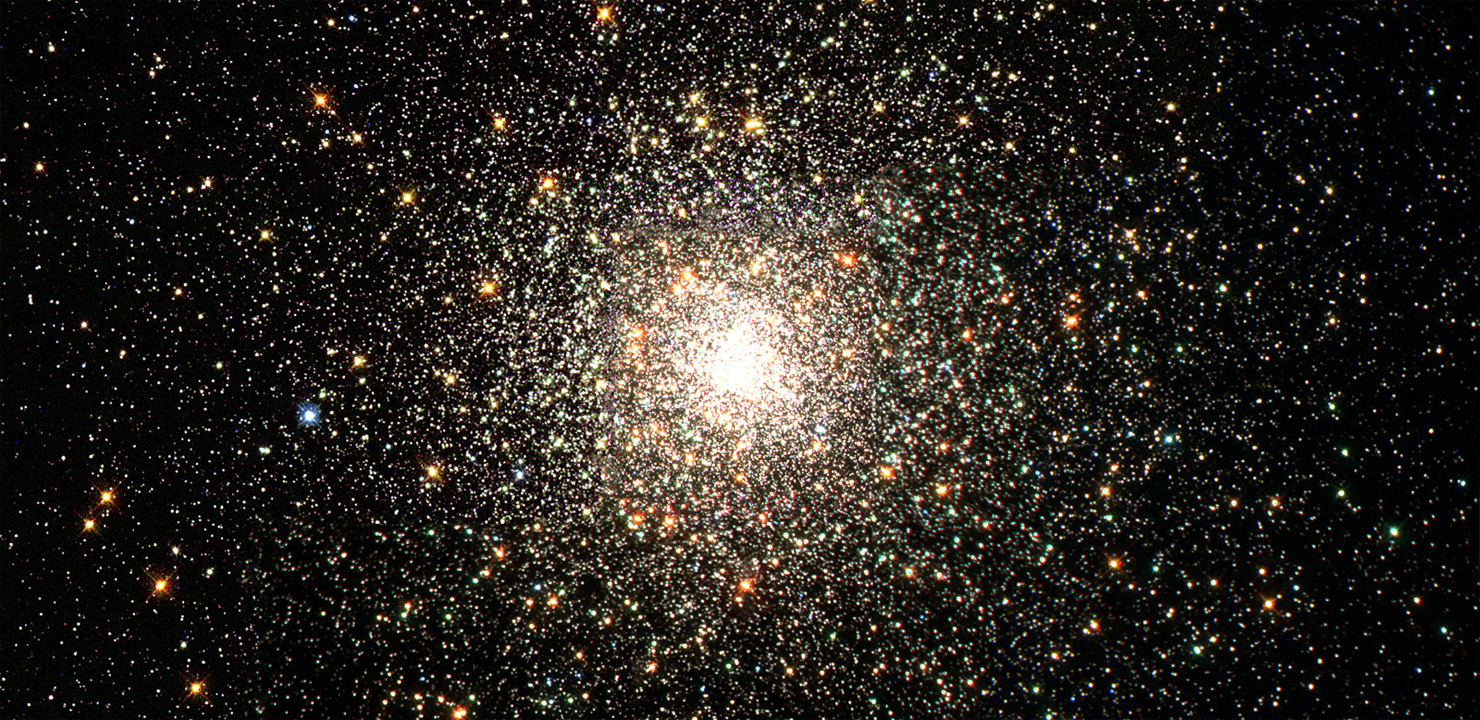
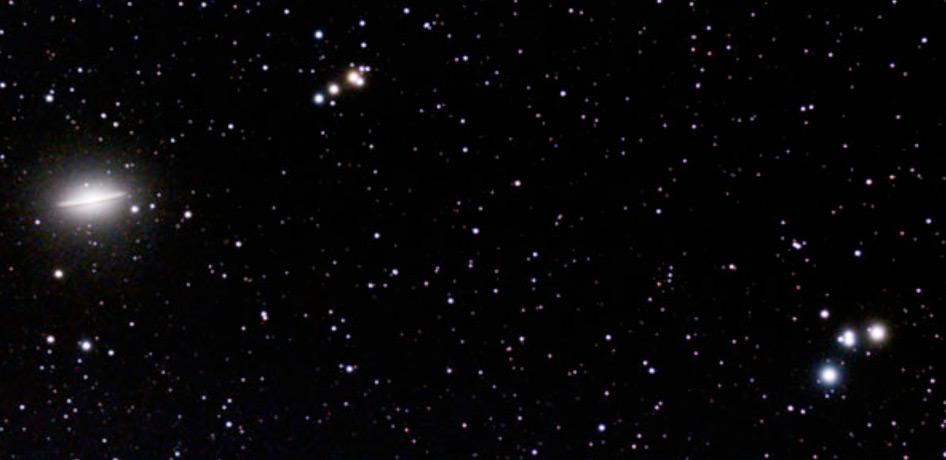
M104: The Sombrero Galaxy
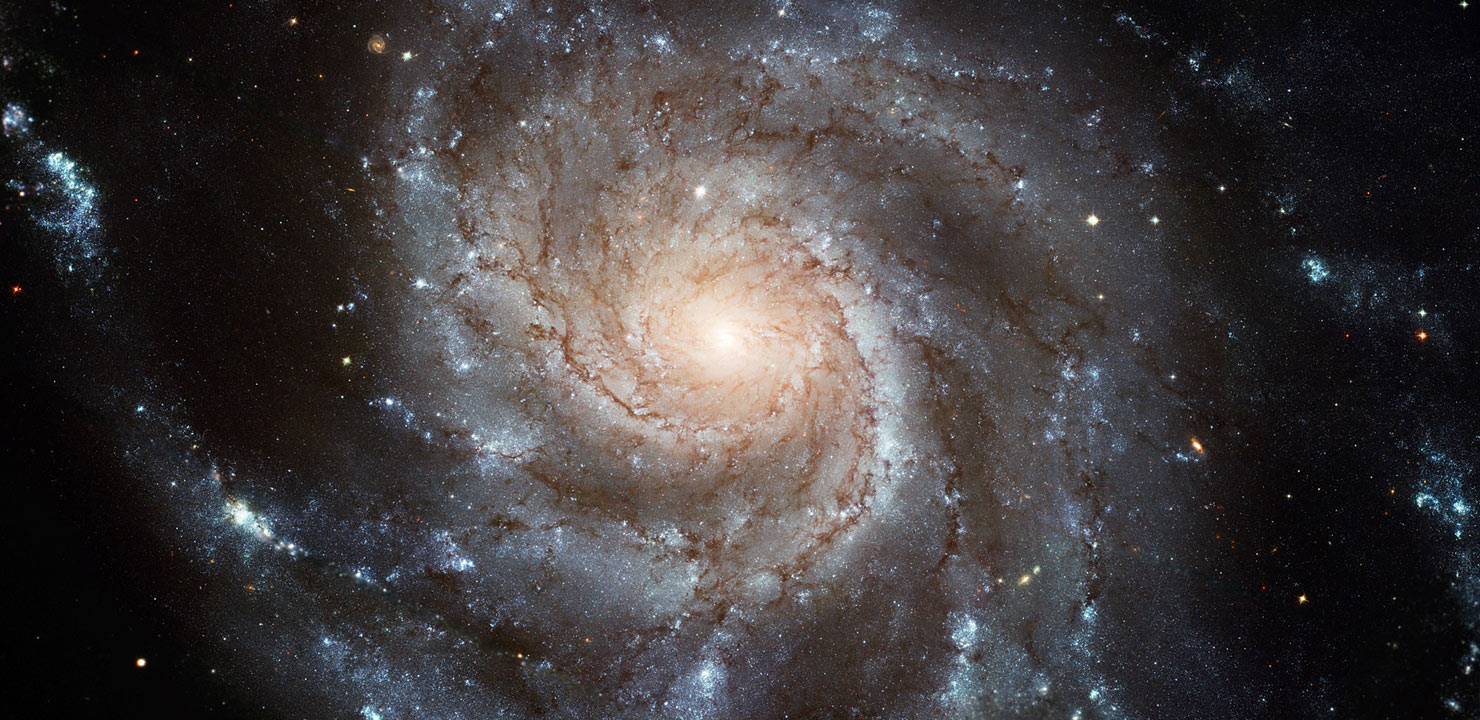
M101: Spiral Galaxy in Ursa Major
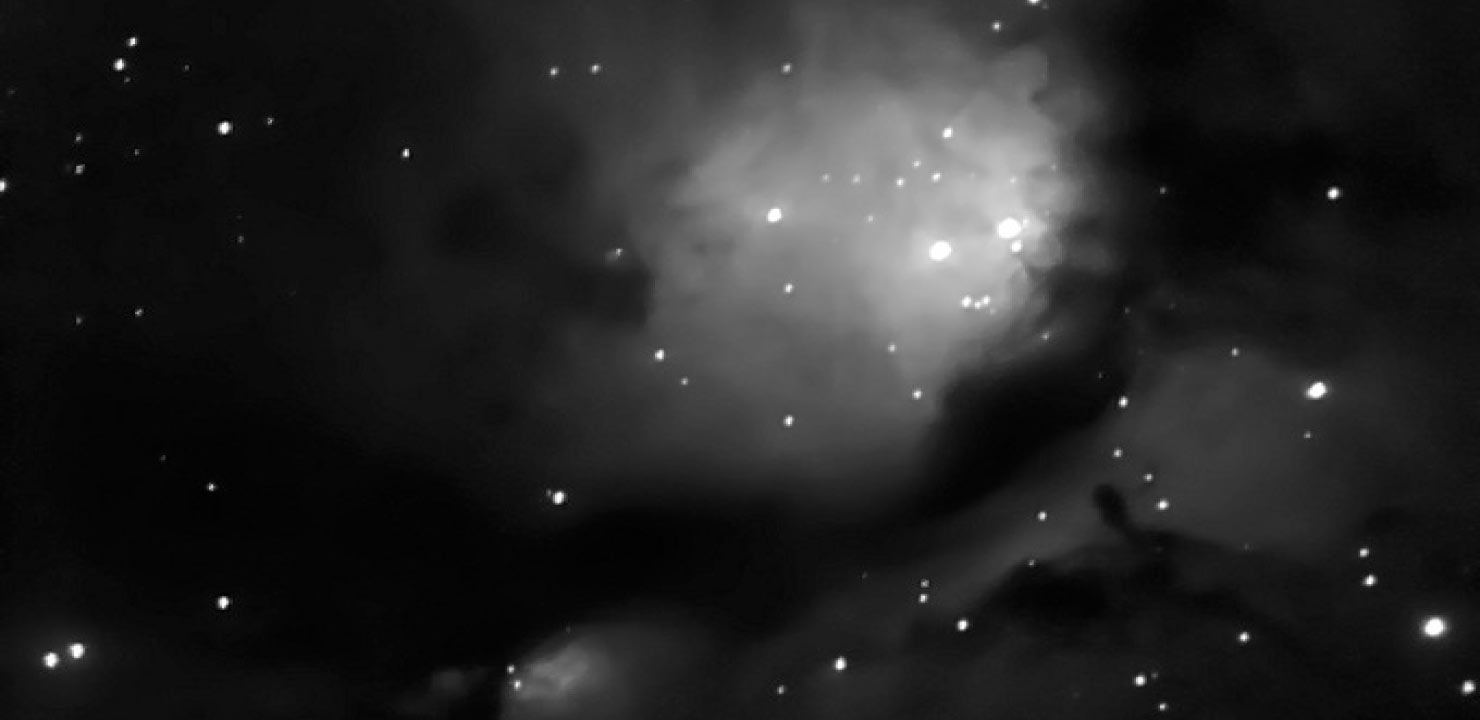
M78: Reflection Nebula in Orion
NGC 7662: the Blue Snowball
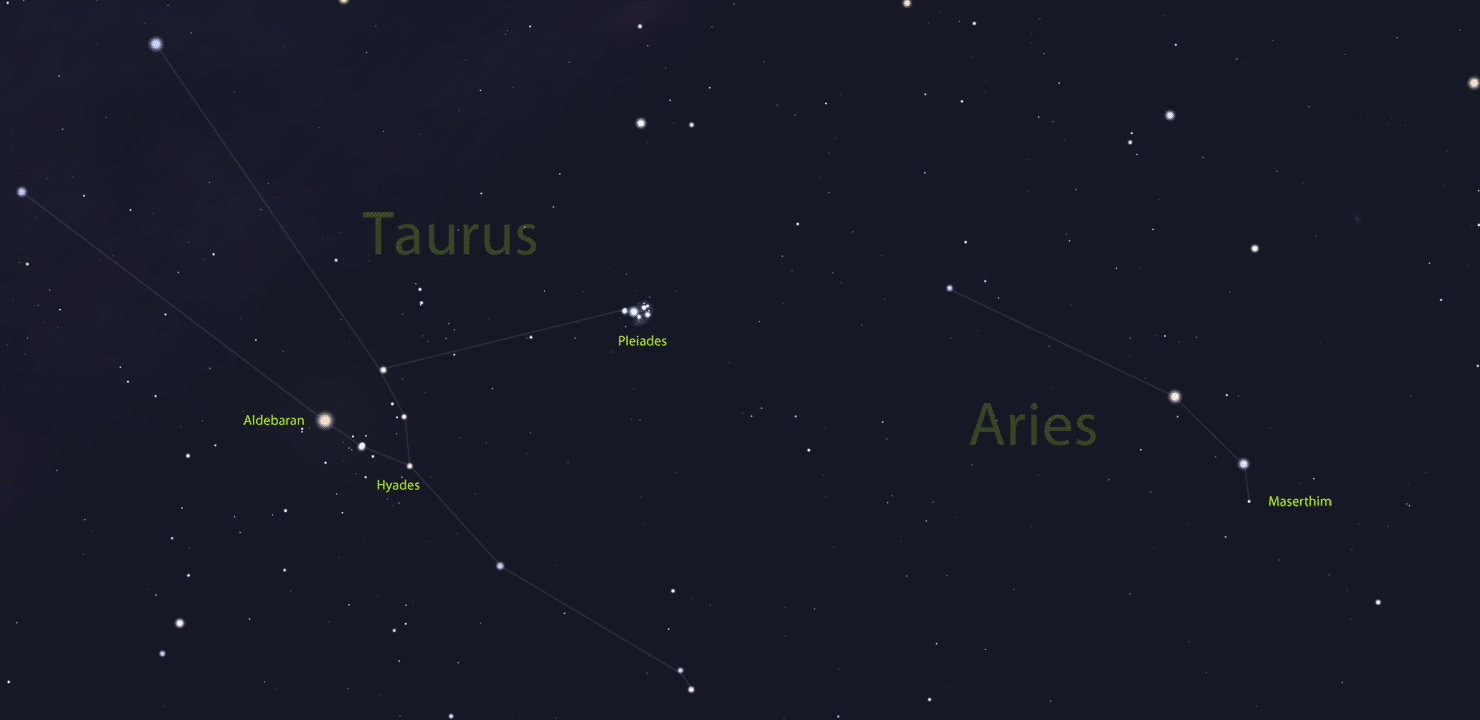
Maserthim (γ Arietis)
Struve 2816 and 2819: Triple and Double Stars in Cepheus
NGC 6934: Globular Cluster in Delphinus
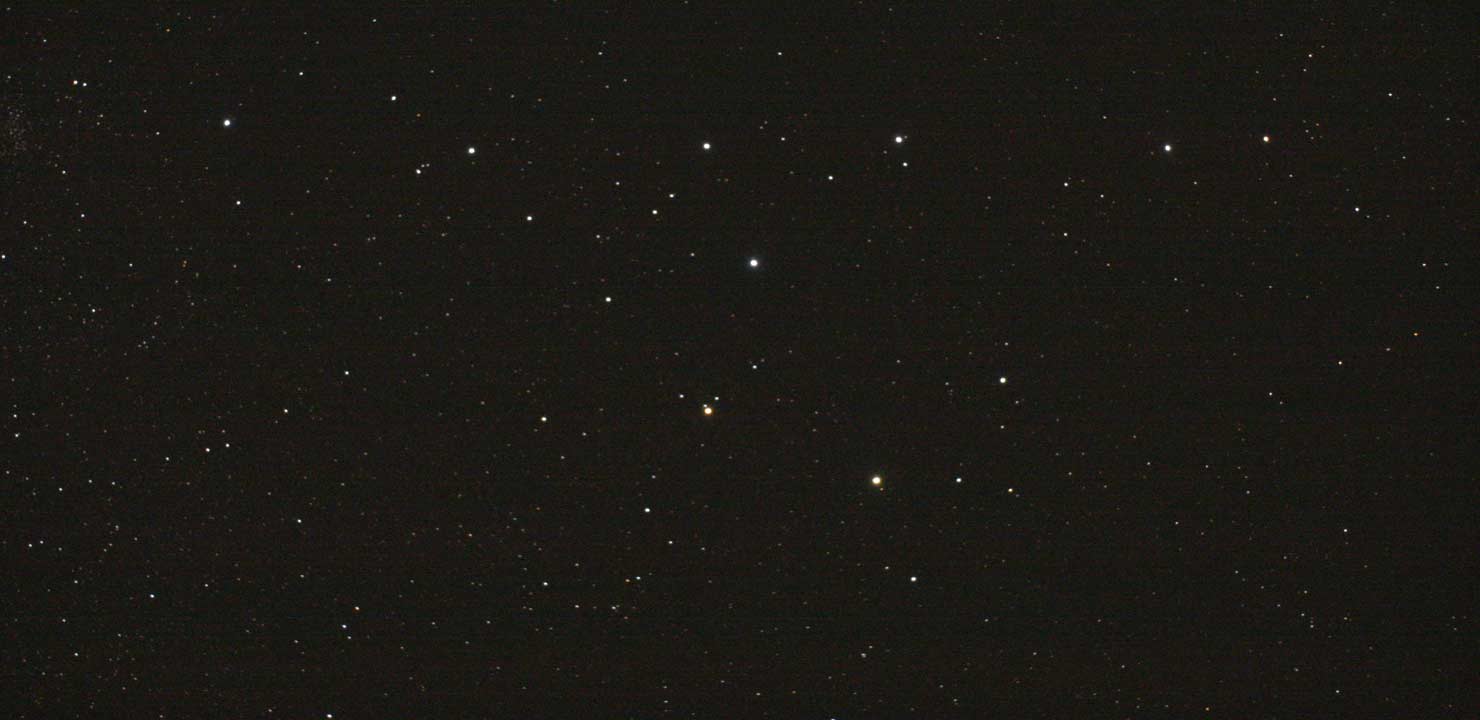
Coathanger Asterism in Vulpecula

M22: Globular Cluster in Sagittarius
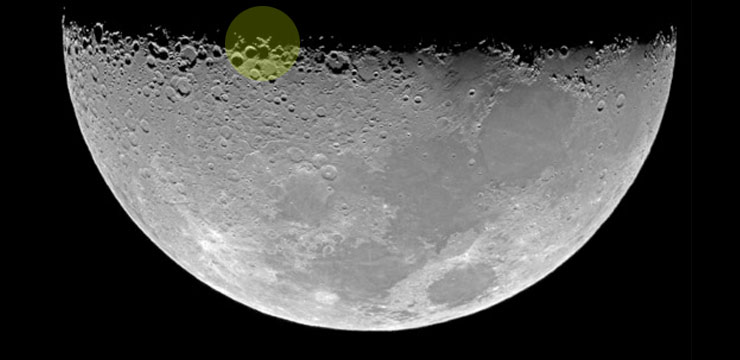
The Lunar X
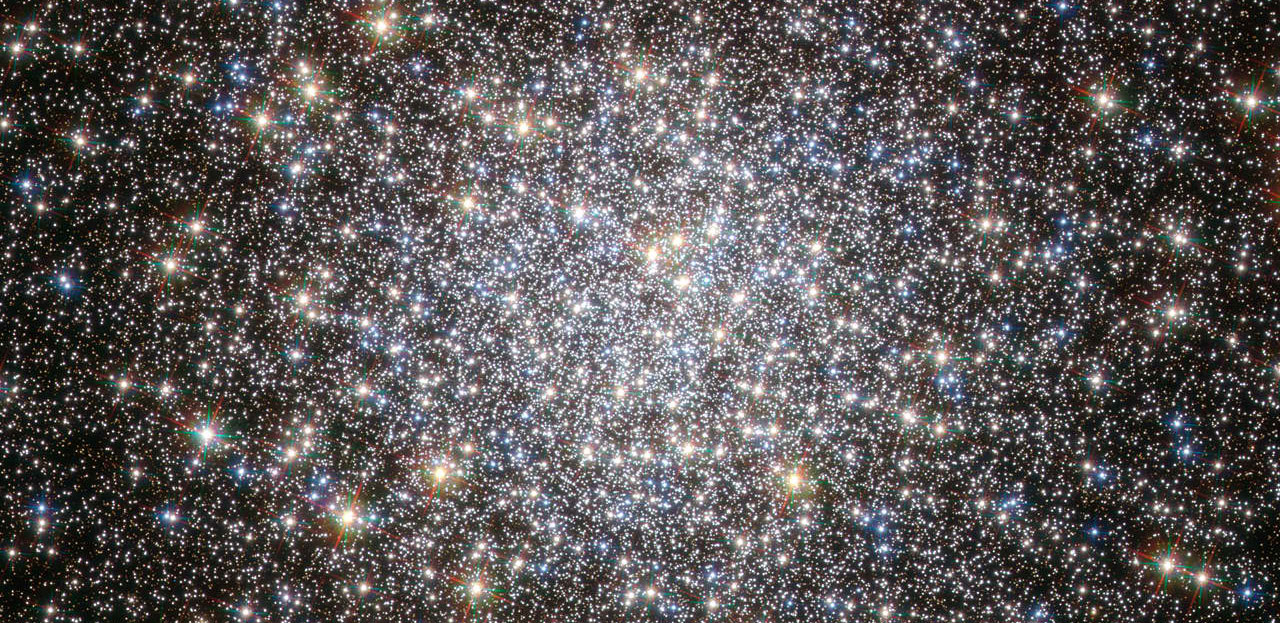
M5: Globular Cluster in Serpens
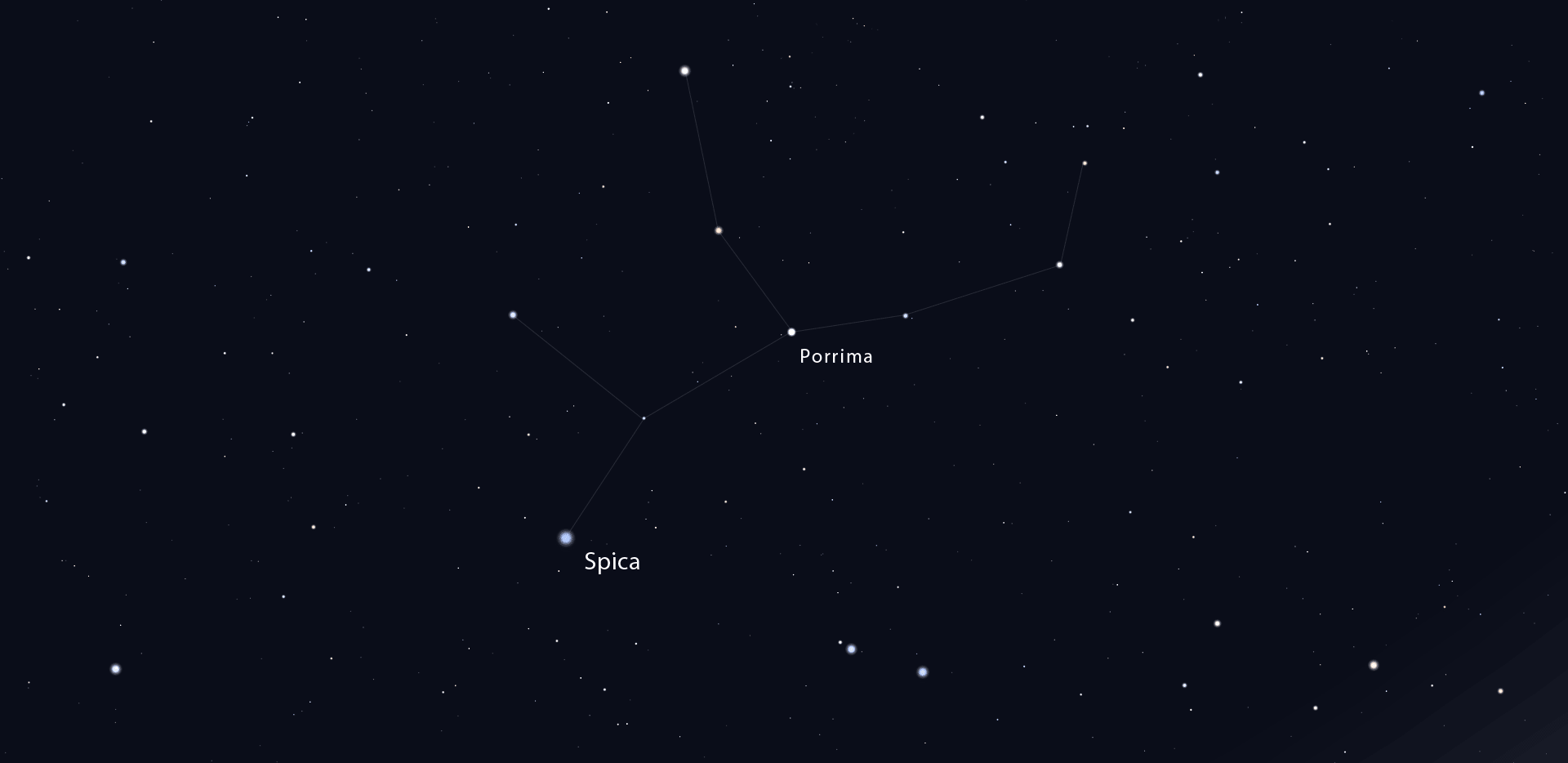
Porrima: Binary Star in Virgo
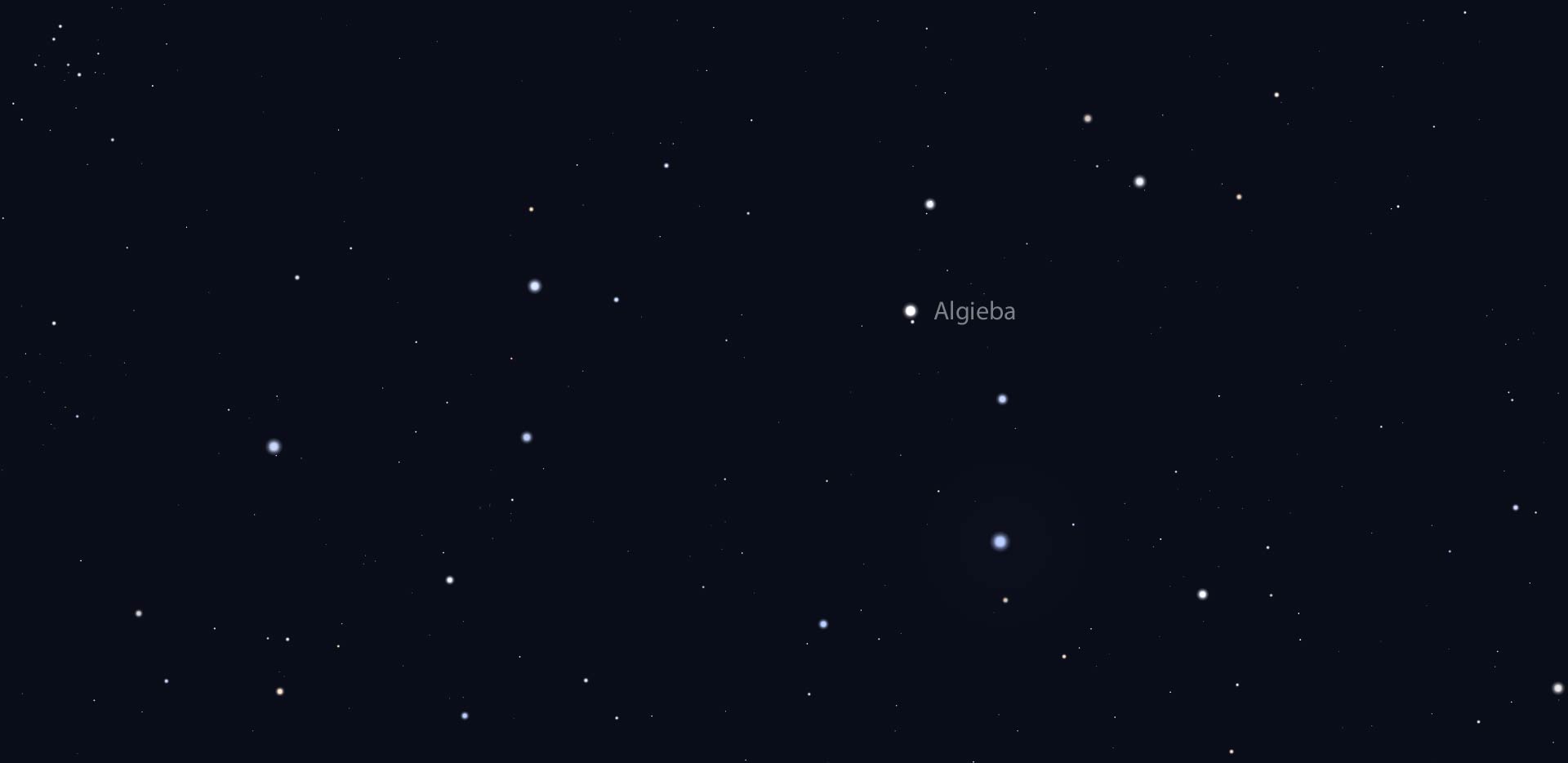
Algieba: Double Star in Leo
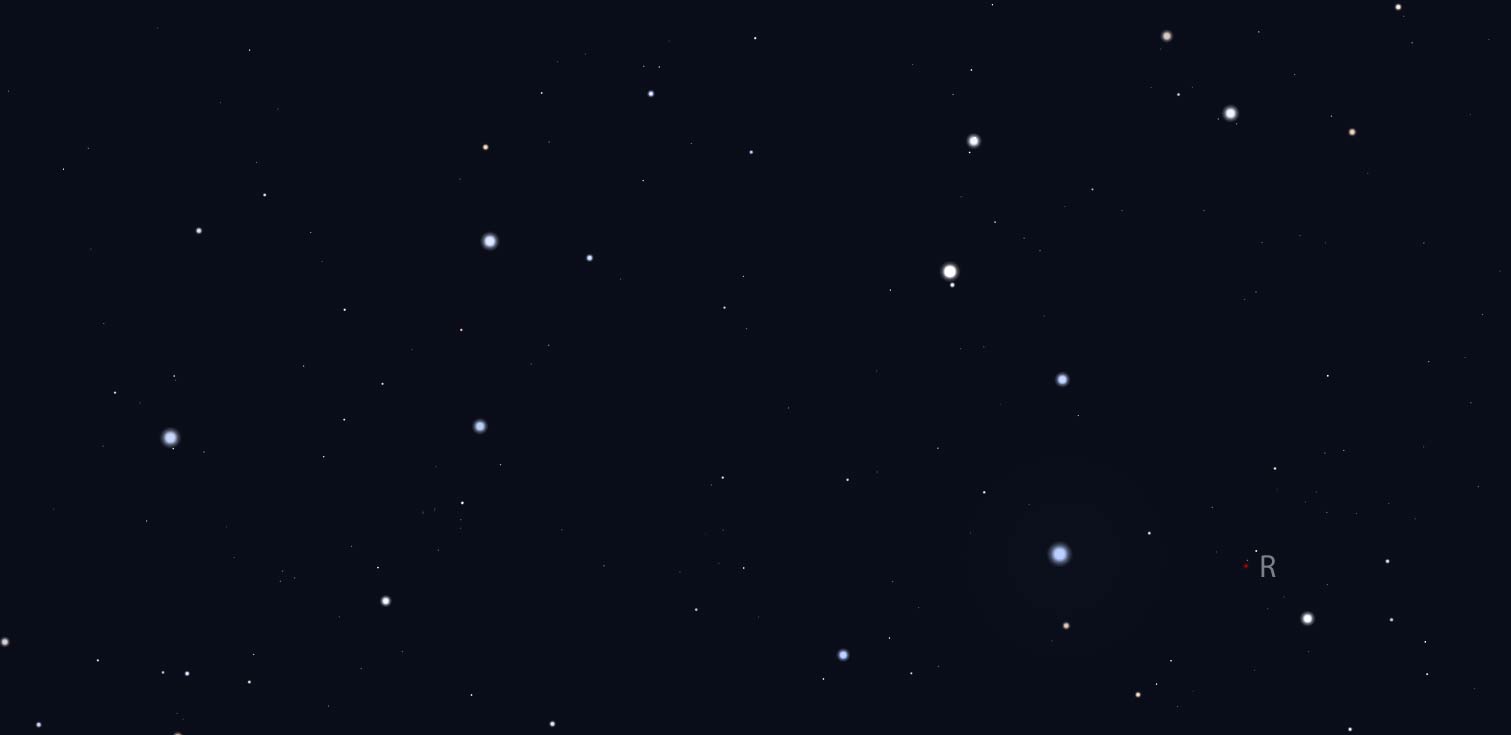
Variable Star R Leonis
433 Eros
M74: Galaxy in Pisces
M33: Galaxy in Triangulum
Almach
β Cygni (Albireo)
M56: Globular Cluster in Lyra
M92: Globular Cluster in Hercules
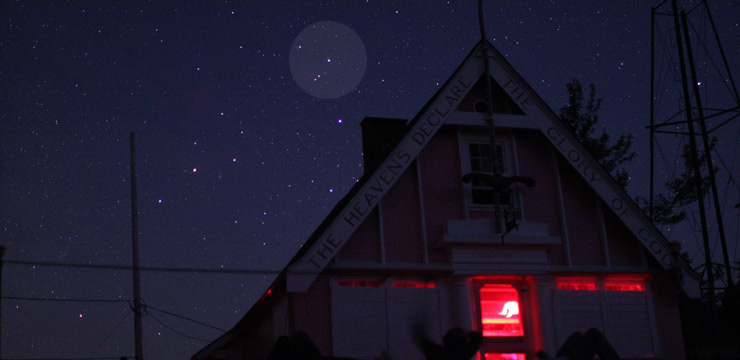
β Scorpii
3C 273: Quasar in Virgo
NGC 2903: Spiral Galaxy in Leo
Castor: alpha (α) Geminorum
β Monocerotis
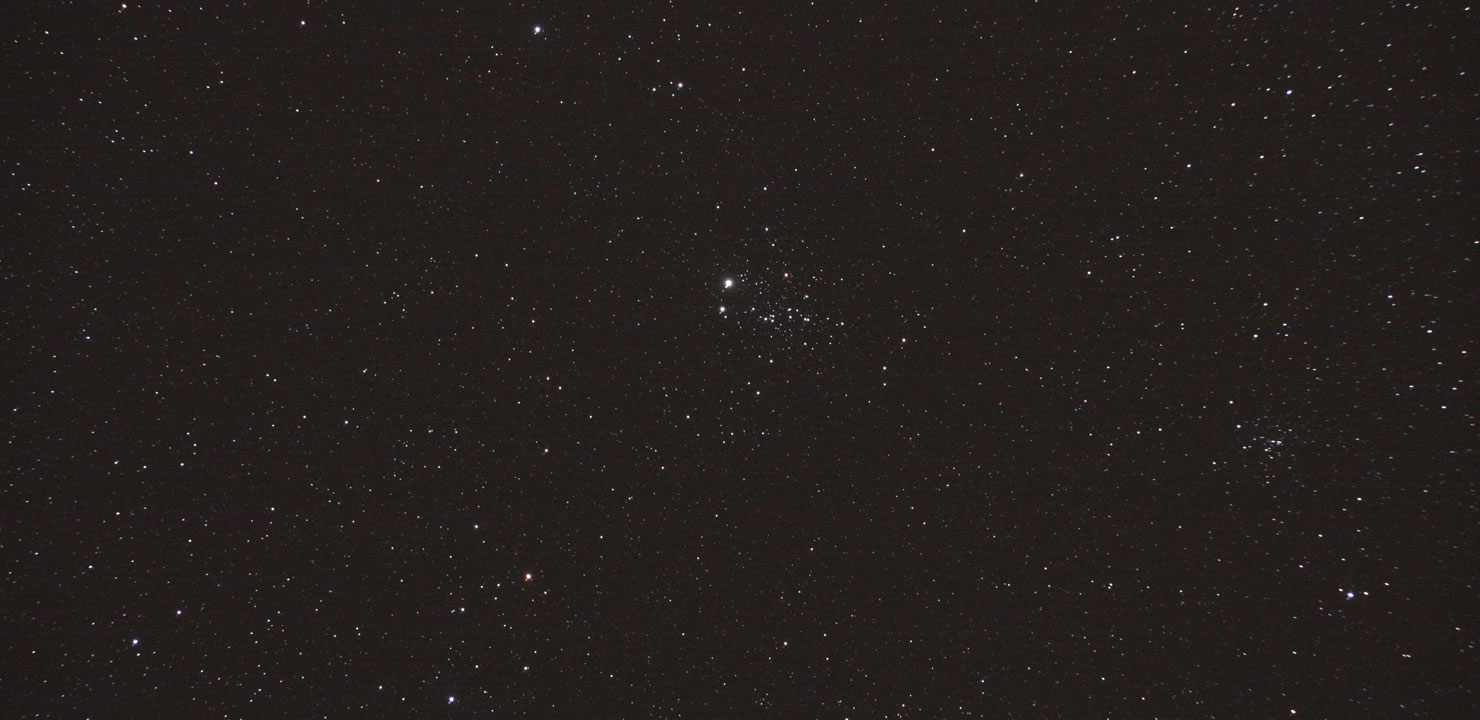
NGC 457 (the “ET Cluster”)
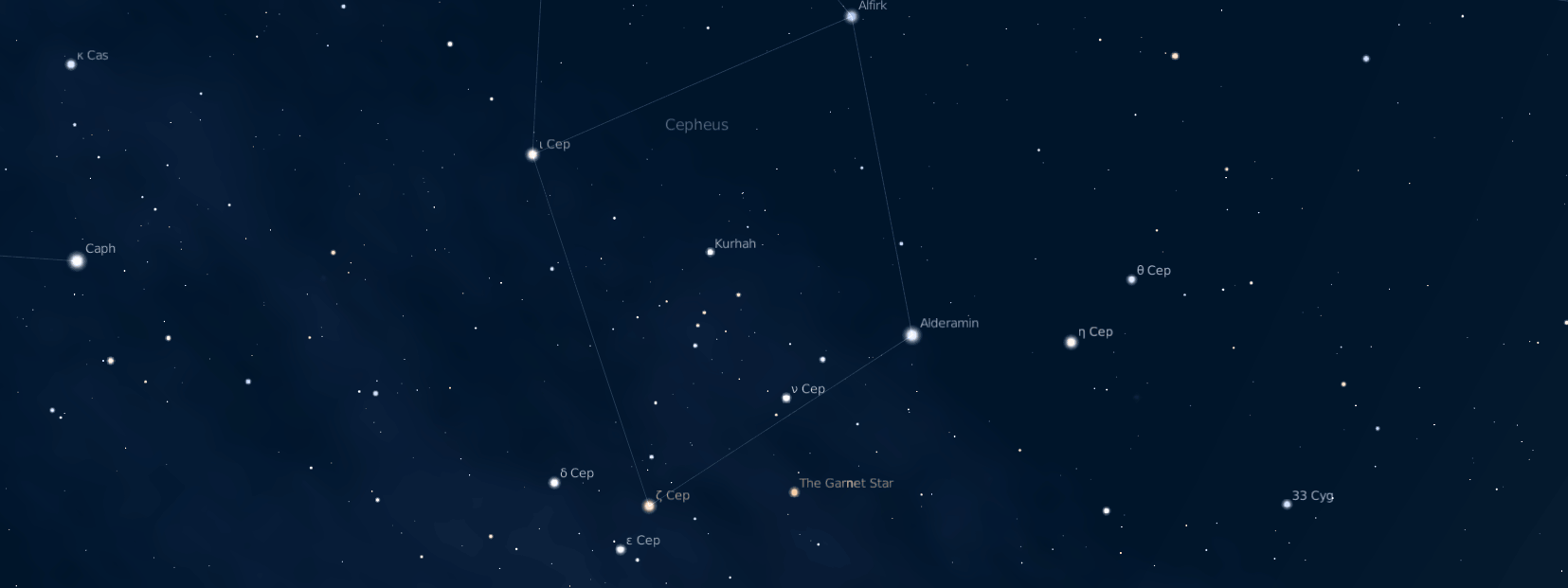
Delta (δ) and Mu (μ) Cephei
The Milky Way
IC 4665
NGC 6207
Izar (ε Boötis)
M40: The “Unknown” Messier Object
Sirius
h 3945 Canis Majoris
Beta Orionis (Rigel)
Omicron Ceti (Mira, the “Wonderful”)
Beta Persei (Algol, the "Demon Star")

NGC 7293: the Helix Nebula
Epsilon Pegasi: The Pendulum Star
Chaple’s Arc
Messier 6 and Messier 7
44 Boötis
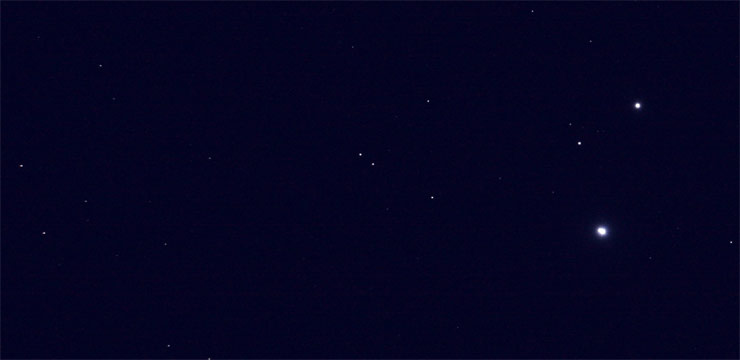
Mizar, The First Double Star
NGC 2362: Open Cluster in Canis Major
Struve 817 Orionis
A Selection of Double Stars in Andromeda
A Selection of Double Stars in Draco
A Selection of Double Stars in Cancer
A Selection of Double Stars in Gemini
A Selection of Double Stars in Cygnus
A Selection of Double Stars in Scorpius
A Selection of Double Stars in Corona Borealis
A Selection of Double Stars in Orion
